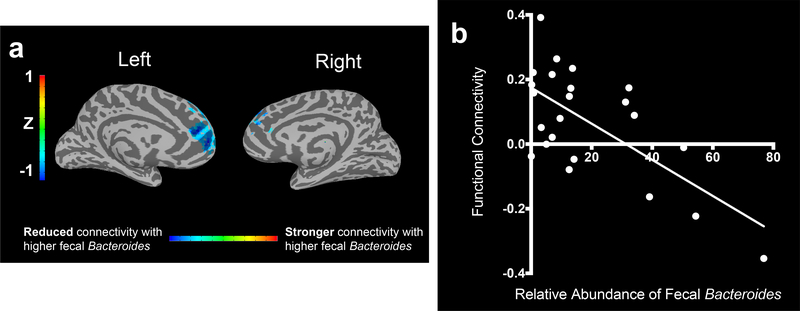Fig. 3. Fecal Bacteroides relative abundance inversely correlates with functional connectivity between left DLPFC and DMN structures in patients with Major Depressive Disorder (MDD).
(A) 3-Dimensional plots of the medial surface of the left and right hemispheres in patients with MDD (n=23). Significant cluster of 387 voxels in which fecal Bacteroides relative abundance correlated inversely with functional connectivity between this cluster and the left DLPFC. Colorbar shows Z scores of beta weights of the Bacteroides relative abundance covariate of a multiple linear regression with functional connectivity as the dependent variable. (B) Scatter plot of the average functional connectivity (Z score) over a sphere of radius 5mm centered at the voxel of peak significance (+12, −57, 0 in MNI coordinates) and abundance of fecal Bacteroides (Pearson r = −0.67, p=.0005). n=23.

